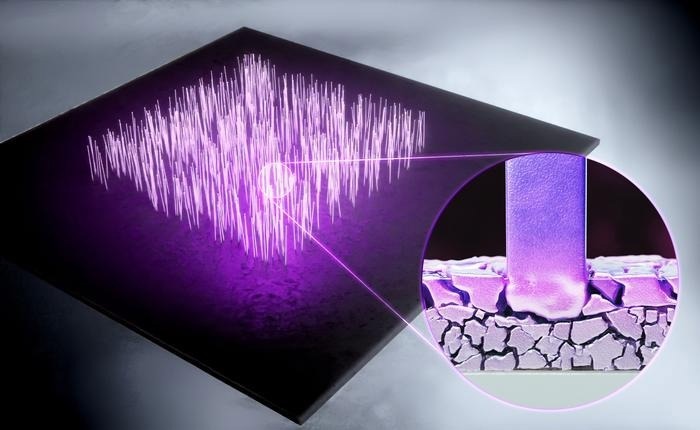Reviewed by Lexie CornerSep 11 2024
A team from Nagoya University in Japan has developed a novel method for producing small metal nanowires (NWs) that are anticipated to be utilized in next-generation electronics, according to a study published in Science. Their findings present a new approach for the mass production of pure metal NWs, which has hitherto restricted their application.
 Mass production of metal nanowires possible by breakthrough technique. Image Credit: Yasuhiro Kimura
Mass production of metal nanowires possible by breakthrough technique. Image Credit: Yasuhiro Kimura
The new method aims to increase the production efficiency of electronics, including solar cells, LEDs, and circuits.
The challenge has been producing NWs in large quantities while maintaining their purity and quality. NWs, which transport atoms—the tiniest components of matter—are extremely small and typically exist in a gas-phase form. Producing NWs from metals has been particularly difficult, limiting their use in critical electronic components.
A team led by Yasuhiro Kimura at the Nagoya University Graduate School of Engineering addressed this challenge by producing aluminum NWs from single crystals using atomic diffusion in a solid-phase state, enhanced by ion beam irradiation.
"Atomic diffusion" is the process by which atoms or molecules migrate from regions of high concentration to low concentration in response to changes in stress, often induced by heat. The team irradiated the surface of thin aluminum sheets with ion beams, coarsening the crystal grains in the surface layer. This altered the stress distribution, guiding the flow of atoms and creating a large supply of atomic feedstocks for NW formation at specific sites.
The upward migration of atoms from the fine grains at the bottom to the coarser grains at the top, driven by heat across the stress gradient, resulted in the mass expansion of NWs.
We increased the density of aluminum NWs from 2x105 NWs per square cm to 180×105 cm2. This achievement paves the way for bottom-up metal NW growth methods, which have so far been grown only accidentally and in small quantities. It can also be extended to other metals in principle.
Yasuhiro Kimura, Graduate School of Engineering, Nagoya University
The resultant aluminum NWs, with their huge surface area, superior mechanical qualities derived from being formed from single crystals, and resistance to natural oxidation, are predicted to find application as nanocomponents for optoelectronics and sensing systems.
Kimura added, “We realized mass growth of forest-like metallic NWs using only three key processes: thin film deposition on a substrate, ion beam irradiation, and heating. Our technique solves the urgent need to establish mass production methods, especially in the production of high-performance nanodevices such as gas sensors, biomarkers, and optoelectronic components.”
Journal Reference:
Kimura, Y., et al. (2024) Growth of metal nanowire forests controlled through stress fields induced by grain gradients. Science. doi.org/10.1126/science.adn9181